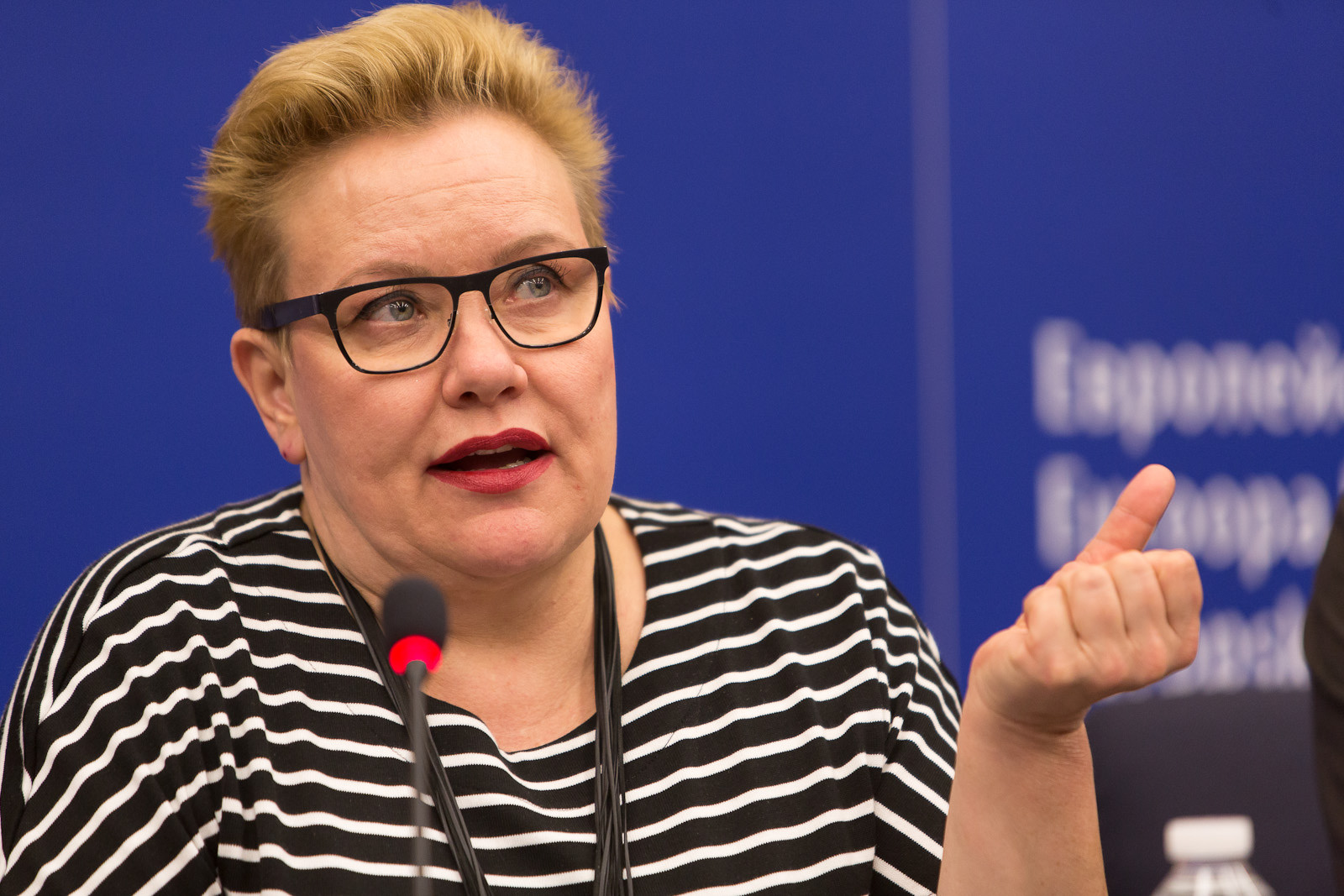
Sirpa Pietikäinen, Finnish Member of the European Parliament, says investing and lending should steer the world towards more environmentally-friendly operations. Environmental risks should be viewed as economic risks – also in legislation.
You have proposed new environmentally-friendly regulation for the financial sector. What are its main points?
Our financial legislation is still largely based on the idea that Earth has unlimited resources. However, if we consider the physical limits of growth, many of the basic assumptions change. Environmental risks turn into economic risks. A lot hinges on how we measure corporate and national success, how we determine credit ratings and capital requirements; and this is just to name a few key factors. In addition to concrete legislation, we need reliable indicators. Some are already in the works: Eurostat, for example, collects many kinds of statistics, and OECD and UNEP are developing indicators of “green economy”.
You have criticised “green investment products” for their name. Why is that?
It’s in the investor’s interests to consider large-scale and long-term effects. “Green” may falsely convey the image of a product being beneficial only for the environment, when the focus should be on comprehensive sustainability instead. Take the “carbon bubble”, for example. According to mathematical models of climate change, the planet has approximately 500 billion tonnes of coal we can use, and the rest should be left underground. As a result, the value of investments in fossil fuels and coal-dependent companies and products will sink. The financial market has already begun to react to the carbon bubble: many large pension insurers and asset managers in Sweden, Norway and Finland, for example, have recently started to reallocate their investments away from coal-based businesses.
What changes are needed for lending to become environmentally friendly?
In the future, the sustainability indicators should have an effect on how advantageous conditions governments can get when they borrow on the international financial market. Even the best economic structures cannot guarantee future growth if the government is wasting its natural resources, ignoring energy saving measures and allowing national corruption. As for companies, their credit ratings should take possible environmental hazards into account. This way, environmental risks would influence the interest rates the company gets on its funding. Banks’ capital requirements should also change accordingly, and should require more capital for lending that is associated with higher environmental risks.
What is the role of the insurance sector in promoting environmental issues?
Insurances are an excellent tool that has not yet been utilised to its full potential. Insurers have good risk calculation models. If legislation required energy producers to fully insure against coal or nuclear power risks, for example, this would guarantee that they also acknowledge these external risks.
What other environmental innovations would you like to see in the financial sector?
I’d like to see the FFI, for instance, put together a working group that focused on the tools, skills and changes that we need to transition to a sustainable economy. Knowledge on “green economy” will be an important professional skill in the future – as important as any other analytical financial knowledge.